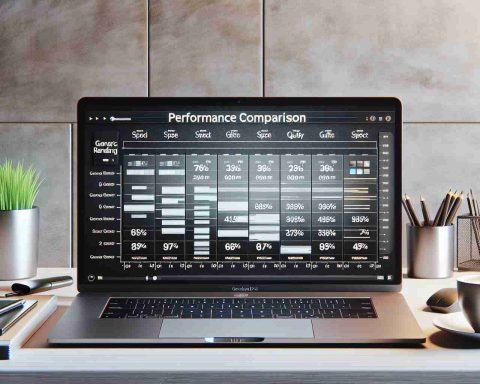Google has announced significant changes regarding its Timeline data for location history, impacting how users manage their information. The tech giant recently informed users via email that location data older than three months will be permanently removed unless action is taken to retain it. This change is set to take effect soon, with deadlines reported as November 19 and December 1, leading to confusion among users.
The company is shifting from cloud storage to on-device storage for location histories, altering how data is accessed and maintained. If users do not engage with the new settings after the deadline, Google plans to transfer the most recent 90 days of location data to the first signed-in device they access, with older records being deleted. This means that preserving location history will depend on the choices made before the deadline.
For users eager to safeguard their Timeline data, Google has provided a method to choose between retaining the data indefinitely or opting for automatic deletion after three months. However, there have been instances where users who wished to keep their data reported unexpected deletions, suggesting possible issues in the system.
To protect their location history, Google suggests using Google Takeout to export Timeline data, ensuring a backup is maintained. Consequently, this adjustment not only raises concerns about data accessibility but also indicates a shift towards personalization, where Timeline histories become tied to individual devices rather than a centralized account.
Google’s New Approach to Timeline Data Management: A User-Centric Shift
Google’s recent changes to its Timeline data management are not just about data retention but also reflect a broader trend in user privacy and data control. This article delves into additional aspects of these changes, unveiling critical questions, potential challenges, advantages, and disadvantages associated with this significant policy revision.
Key Questions and Answers
1. What is the rationale behind Google’s timeline data management changes?
– Google aims to enhance user privacy and control over personal data. By transitioning to on-device storage, the company emphasizes user responsibility for their data, making it more secure and reducing the chances of unauthorized access.
2. What happens to location data that isn’t retained?
– Location data older than three months will be permanently deleted if users do not take proactive measures to retain it. This introduces a sense of urgency for users to manage their data effectively.
3. How can users ensure their data is not inadvertently deleted?
– Users can either choose to retain their data indefinitely through the provided settings or regularly back up their data using Google Takeout, giving them the power to handle their information according to their preferences.
Challenges and Controversies
While the initiative promotes user control, it raises several challenges:
– User Confusion: With deadlines approaching, many users may be unaware of the changes and how to act, leading to potential data loss.
– System Reliability: Reports have surfaced about unintended data deletions, causing distrust among users regarding the platform’s reliability.
– Access Limitation: Users accustomed to cloud storage might find the shift to on-device management as a limitation, especially when switching devices or using multiple devices regularly.
Advantages and Disadvantages
Advantages:
– Increased Privacy: The movement towards on-device storage enhances data privacy, reducing the risk of breaches associated with centralized data servers.
– Customization: Users have the autonomy to manage their own data, setting preferences that suit their individual needs.
– Reduced Storage Costs for Google: Transitioning to on-device management may decrease Google’s costs related to data storage and maintenance.
Disadvantages:
– Risk of Data Loss: Users must actively engage with the new system; failure to do so could result in significant data loss.
– Device Dependency: Access to location history now depends on having the right device signed in, which may pose challenges for users who regularly switch devices.
– Increased Complexity: Users need to navigate new settings and procedures, potentially leading to frustration and confusion.
Conclusion
The changes to Google’s Timeline data management illustrate a pivotal shift towards enhancing user control and privacy. While the advantages of increased autonomy and heightened security are significant, they come with notable challenges, particularly concerning user awareness and potential data loss. As always, staying informed and proactive in managing data is essential for users to maximize the benefits of such changes.
For more information about Google’s policies and updates, visit Google’s main page.

















